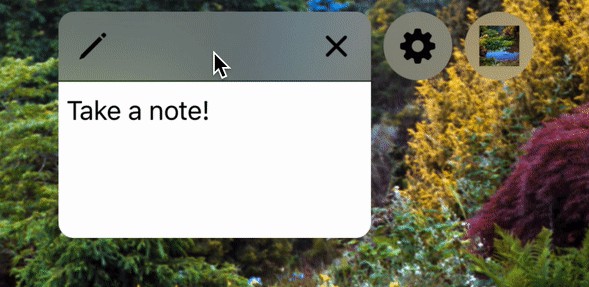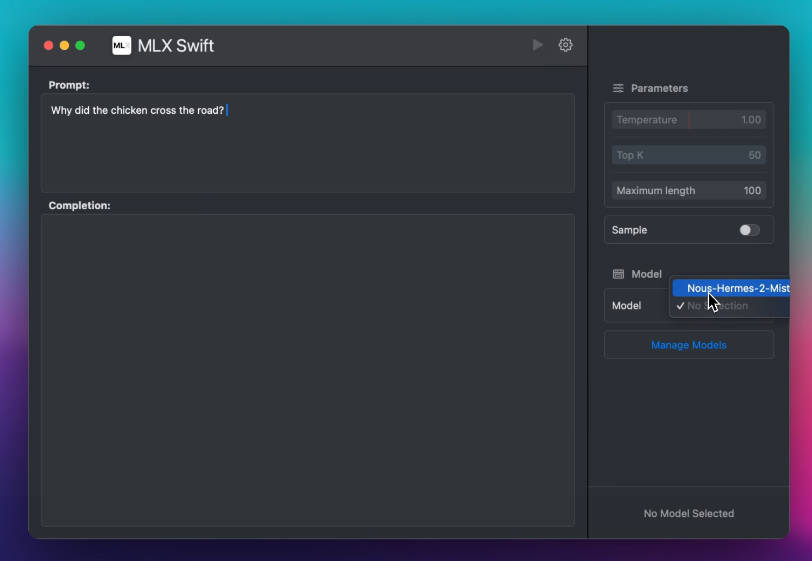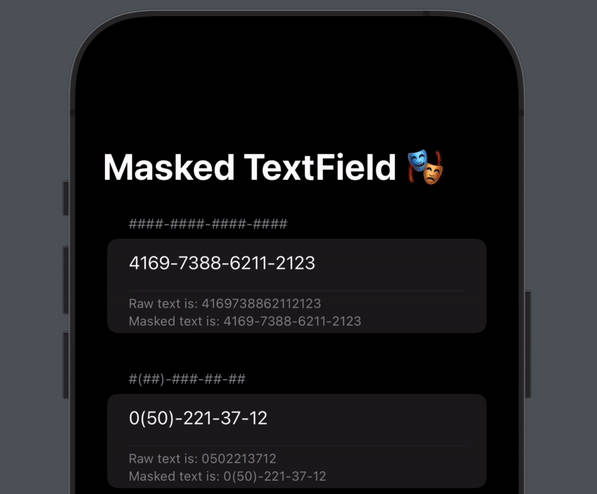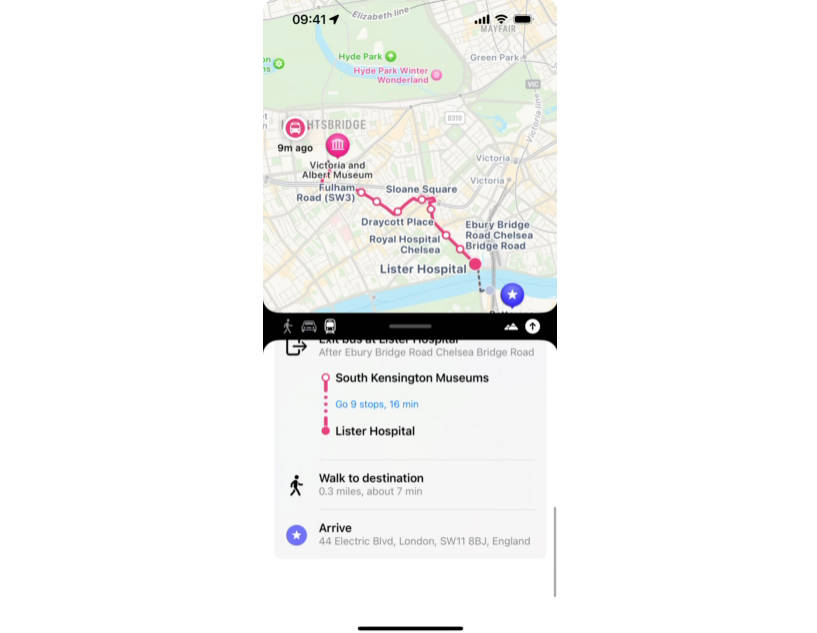PathPresenter
Pure SwiftUI routing with transitions, animations, and .sheet() support.
In SwiftUI, View is a function of the state. Routing is not an exception.
Why
.sheet()usages are usually messy, deviate from app architecture, and require additional business-logic- Creating view sequences in SwiftUI is not elegant and even not messy
- MVVM is gorgeous, but what about one level above? Routing between MVVM modules is cluttered.
Advantages
- Purely state-driven. No ObservableObjects, no EnvironmentObjects, no Singletons.
- Pure SwiftUI.
- SwiftUI transitions and animations.
- Structured
.sheet()support. No need to remaster the whole codebase to present the view with.sheet(). It just works.
Example
The view hierarchy is managed through the PathPresenter.Path() structure.
You can push new views into it using .append methods and delete views from the top using .removeLatest.
Internally, the view’s layout is managed by ZStack, so all views history is visible.
Possible presentation ways:
enum PathType {
/**
* Just show a view. No animation, no transition.
* Show view above all other views
*/
case plain
/**
* Show view with in and out transitions.
* Transition animation also can be specified.
*/
case animated(transition: AnyTransition, animation: Animation)
/**
* Show view in .sheet()
* - Note: If you want to present several views in sheet,
* you can create a second RoutingView and use it in sheet!
*/
case sheet(onDismiss: Action)
}
Complete example:
struct RootViewGitHub: View {
@State var path = PathPresenter.Path()
var body: some View {
PathPresenter.RoutingView(path: $path) {
// Root view. Always presented
VStack {
Button("Push") {
path.append(
VStack {
Text("Hello from plain push")
backButton
}.frame(width: 300, height: 300)
.background(.white)
.border(.red),
type: .plain
)
}
Button("Sheet") {
path.append(
VStack {
Text("Hello from sheet")
backButton
}.frame(width: 300, height: 300)
.background(.white)
.border(.red),
type: .sheet(onDismiss: {print("dismissed")})
)
}
Button("Left animation") {
path.append(
VStack {
Text("Hello from left animation")
backButton
}.frame(width: 300, height: 300)
.background(.white)
.border(.red),
type: .animated(transition: .move(edge: .leading),
animation: .easeIn)
)
}
}
.frame(width: 300, height: 300)
}
}
var backButton: some View {
Button("Back") {
if !path.isEmpty {
path.removeLast()
}
}
}
}
Transitions and animation example
Documentation
Code is mostly commented and simply structured. Check it out!
TODO
- Path-based routing. Define view hierarchy with URL-like structures for better views switching architecture







